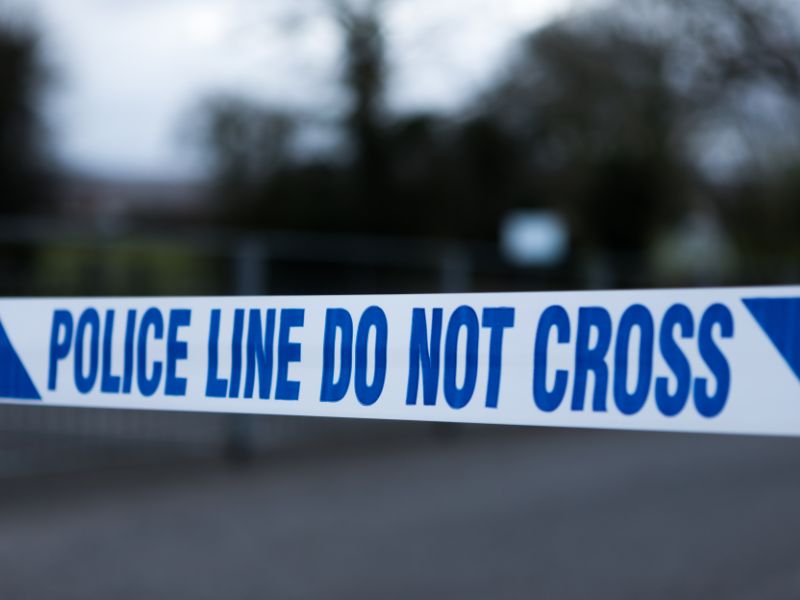Introduction
As professionals in the field of crime scene cleaning, ensuring the safety of both ourselves and others is paramount. One of the most critical aspects of our work is preventing the spread of contaminants during cleanup. Cross-contamination can not only compromise the integrity of the scene but also pose significant health risks to individuals involved. In this blog post, we’ll delve into the best practices for preventing cross-contamination, including techniques for proper containment and disinfection.
Establishing Containment Zones
Before beginning cleanup operations, it’s essential to establish containment zones to control the spread of contaminants. Divide the area into zones based on the level of contamination, such as the primary crime scene area, transition zones, and clean zones. Use physical barriers like plastic sheeting or tape to delineate these zones and restrict access to authorised personnel only.
Personal Protective Equipment (PPE)
Properly outfitting cleaning professionals with appropriate personal protective equipment (PPE) is crucial for preventing cross-contamination. This includes wearing disposable gloves, protective suits, masks, and eye protection. Ensure that all PPE is donned correctly and disposed of properly after use to prevent the transfer of contaminants.
Utilising HEPA Filtration
High-efficiency particulate air (HEPA) filtration systems should be employed to capture airborne particles and prevent their dispersion during cleanup. Use HEPA vacuum cleaners and air purifiers to effectively remove contaminants from the air and maintain a safe working environment.
Segregating Cleaning Tools and Equipment
To minimise the risk of cross-contamination, segregate cleaning tools and equipment based on their designated zones. Use color-coded systems or separate sets of tools for each zone to prevent the transfer of contaminants between areas. Thoroughly clean and disinfect tools after each use to maintain hygiene standards.
Implementing Proper Cleaning Protocols
Adhere to strict cleaning protocols to ensure thorough decontamination of the crime scene. Use EPA-approved disinfectants and cleaning agents to eliminate pathogens and biohazards effectively. Follow manufacturer instructions for dilution ratios, contact times, and application methods to achieve optimal results.
Disposal of Biohazardous Waste
Proper disposal of biohazardous waste is essential for preventing the spread of contaminants beyond the cleanup site. Use leak-proof and puncture-resistant containers labelled with biohazard symbols to collect contaminated materials. Dispose of biohazardous waste in accordance with local regulations and guidelines to minimise environmental impact.
Conclusion
Preventing cross-contamination is a fundamental aspect of crime scene cleanup that requires meticulous attention to detail and adherence to best practices. By establishing containment zones, utilising proper PPE, segregating cleaning tools, implementing effective cleaning protocols, and conducting post-cleanup verification, cleaning professionals can mitigate the risk of spreading contaminants and ensure the safety of all individuals involved. At Trauma Clean 24 Seven, we are committed to upholding the highest standards of hygiene and professionalism in every cleanup operation we undertake.
We offer a range of specialist and biohazard cleaning services. From hoarding clean up to needle sweeps and death clean up. For further information on any of our services please do not hesitate to contact us on 02036408247 or email at [email protected]

